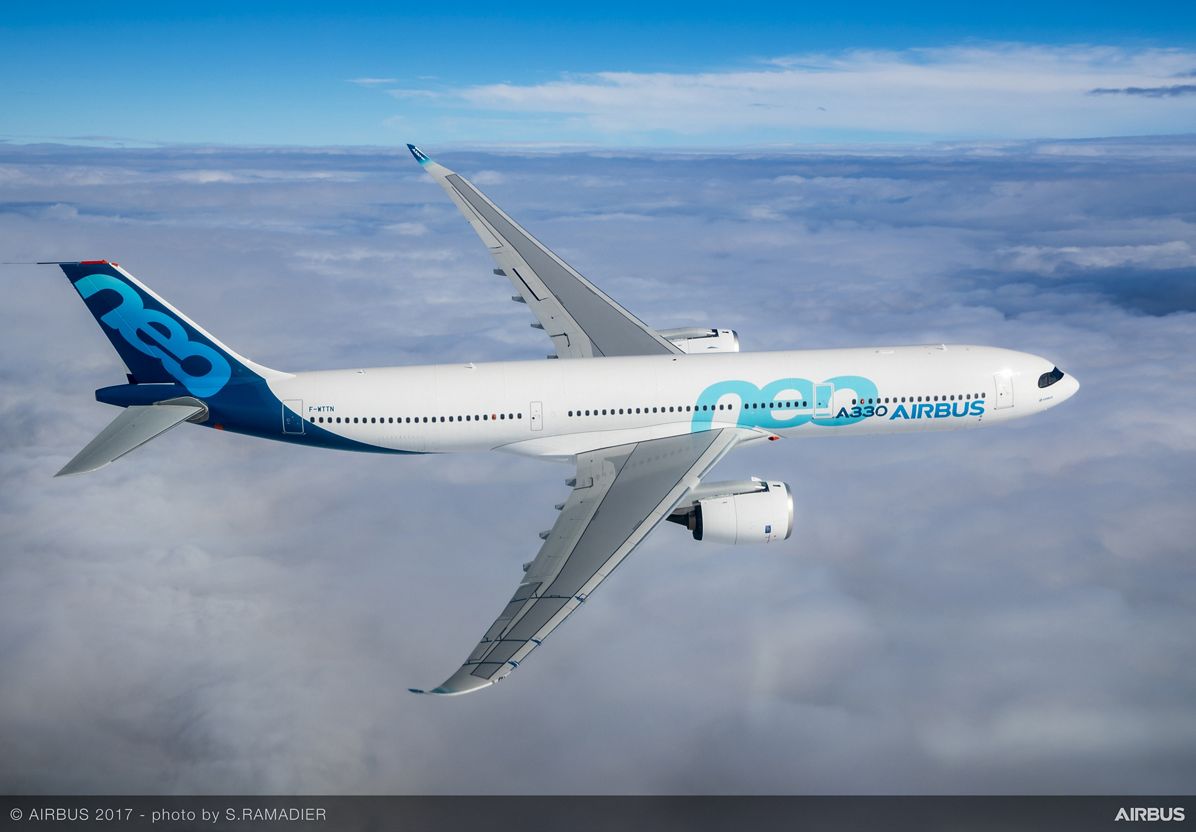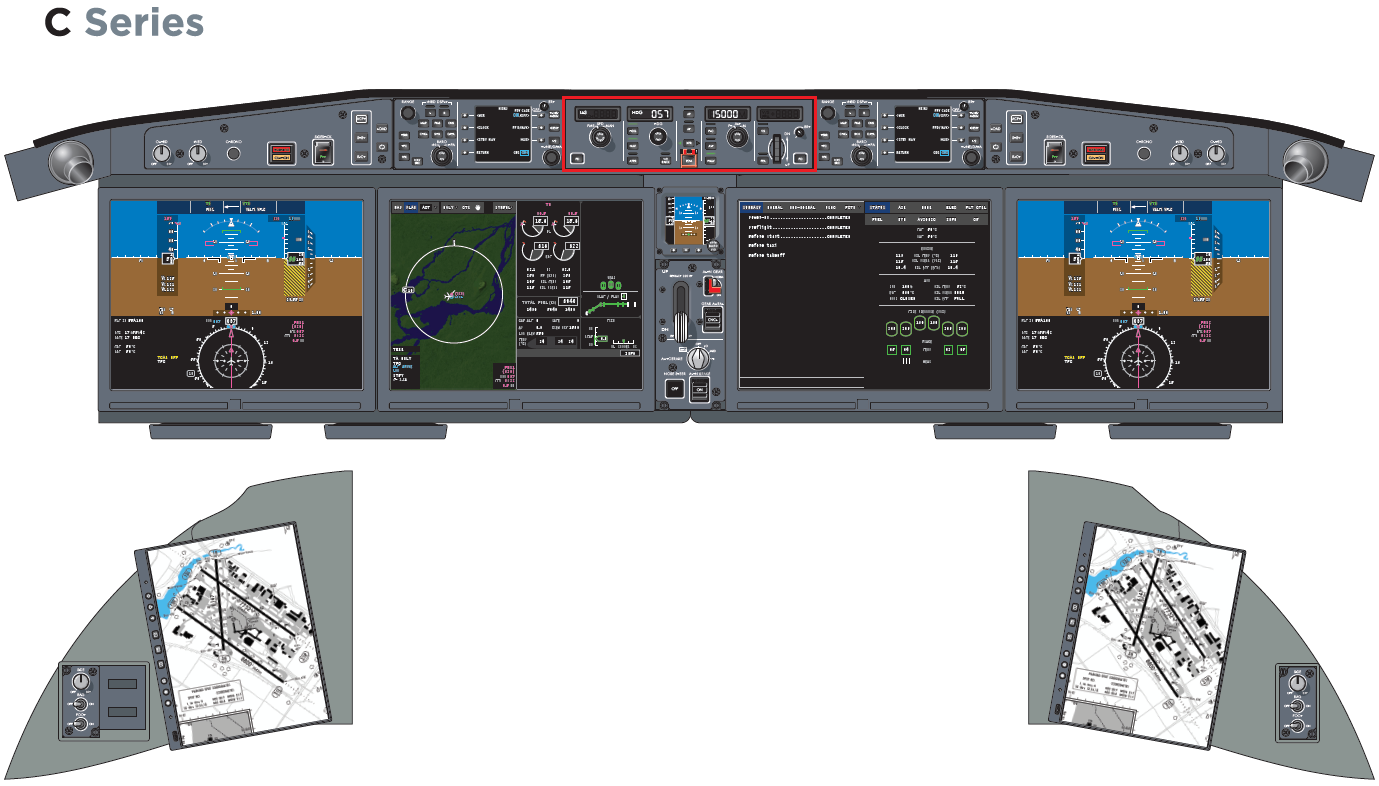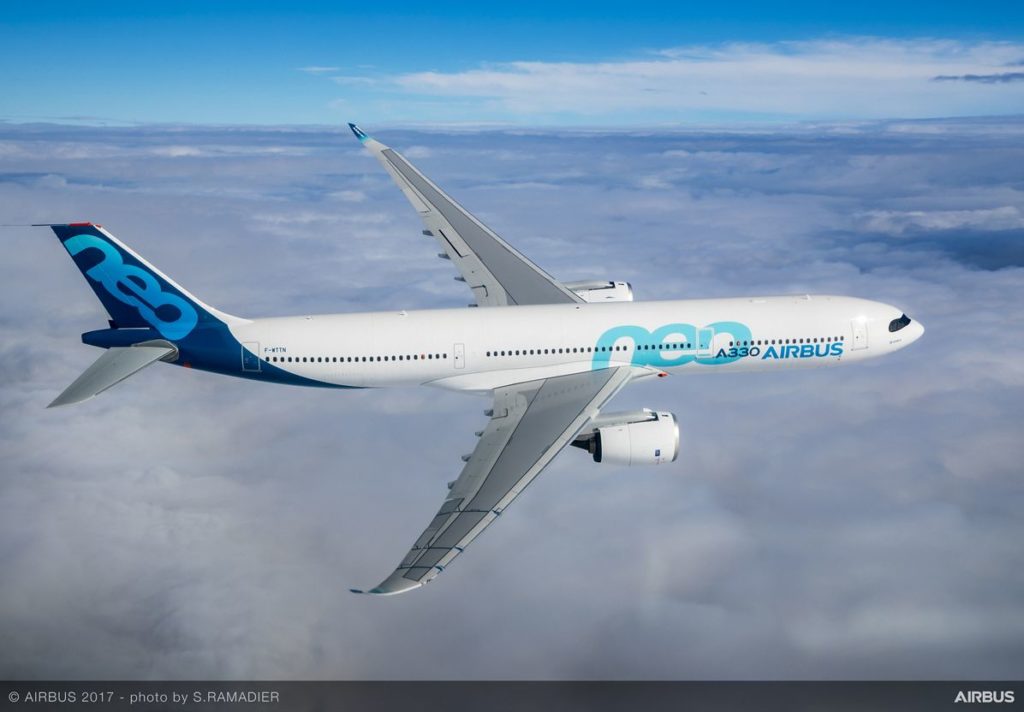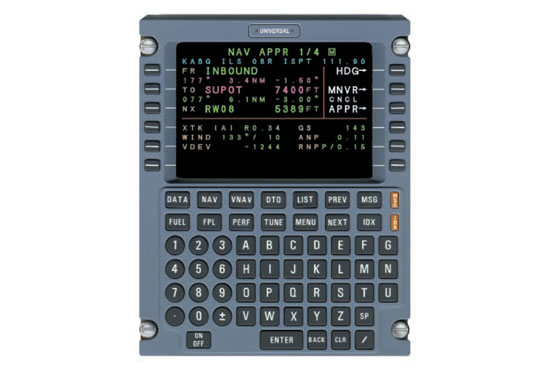Leeham News and Analysis
There's more to real news than a news release.
How competitive is A330neo? Part 3.
By Bjorn Fehrm
Subscription Required
Introduction
June 7, 2018, © Leeham News: In Part 1 we compared the base characteristics of Airbus’ A330-900 and Boeing’s 787-9. In Part 2 we compared the fuel consumptions. Now we continue with the other costs of operation.
With these we form Cash Operating Costs and then add capital costs to get Direct Operating Costs.
- The operating costs for the A330-900 and the 787-9 are close.
- The difference can be compensated with lower capital costs. Monthly lease rates for the A330-900 are below the 787-9 lease rates.
- We think there are other Boeing strengths which turn the deals the 787 way.
Airbus sees potential for A330neo sales; Boeing sees opportunity
June 6, 2018, © Leeham News: Airbus remains confident that the sales boon for the slow-selling A330neo is just around the corner, but an analysis of Airbus’ current operator lists shows significant inroads by Boeing for its 787.
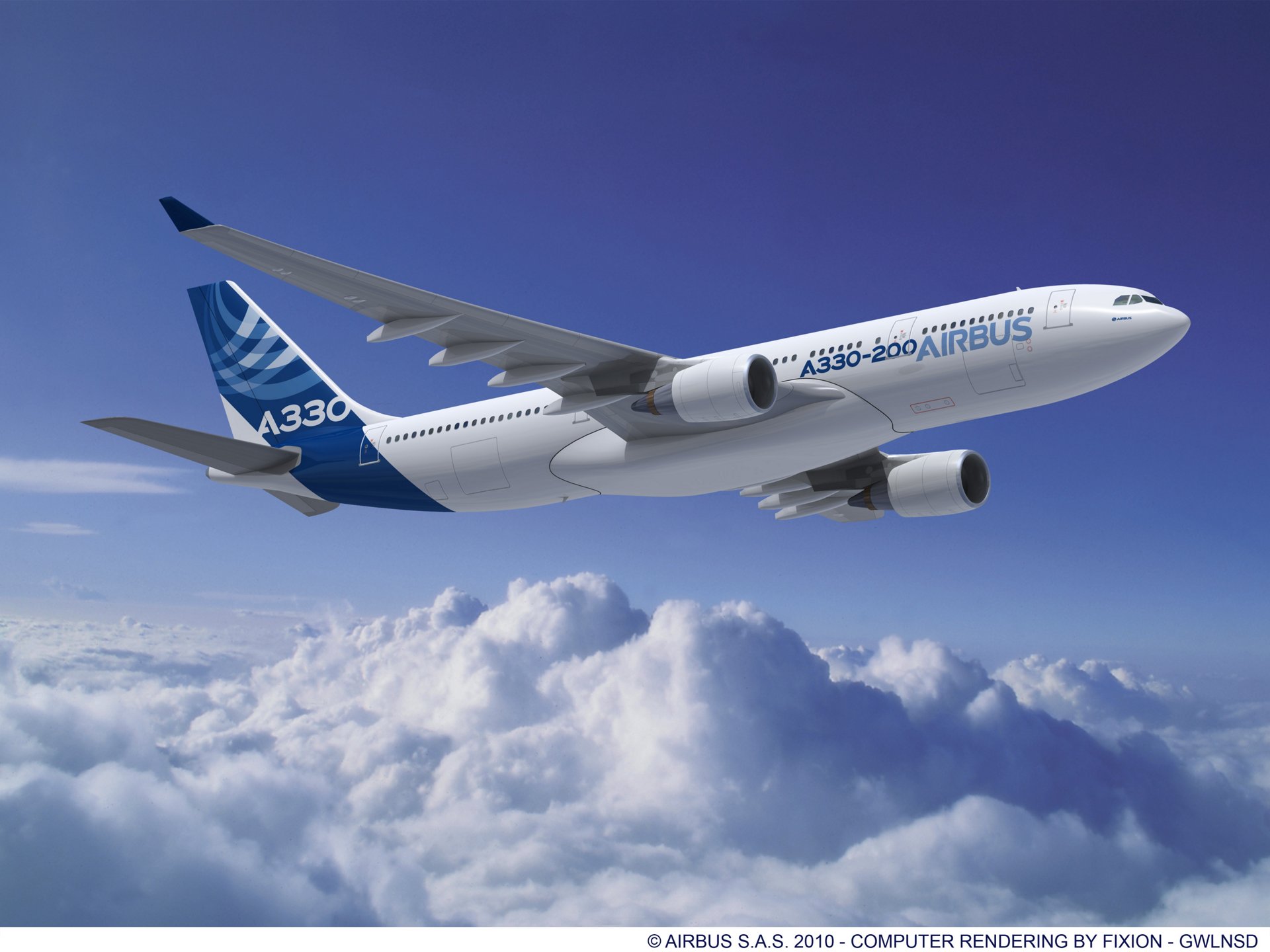
Airbus is counting on aging A330ceos by 2020 to spur sales of the A330neo. But Boeing already sold the 787 to 19% of the A330 operators. Look for more aggressive campaigns. Airbus photo via Google.
LNC outlined Airbus’ strategy last December in which officials are confident the A330neo will see an uptick in orders as the current A330 operating fleet, now called the ceo, ages beginning in 2020.
The new sales chief, Eric Schulz, reiterated Airbus’ confidence at the IATA AGM this week in Sydney, Australia.
But 19% of the 109 A330 operators already ordered the 787. One, American Airlines, already announced the 787 order will replace the A330s in its fleet. Air Canada long ago made a similar announcement. Hawaiian Airlines canceled an A330-800 order in favor of the 787-9.
EU, Airbus saw hope to negotiate end to WTO dispute; US says nothing changed
Subscription Required
Introduction
June 4, 2018, © Leeham News: A report a week ago in the long-running dispute between the US and Europe over Airbus launch aid left the impression the US 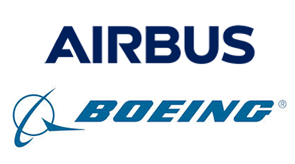 position softened a bit, favoring negotiations over another round in the protracted process.
position softened a bit, favoring negotiations over another round in the protracted process.
Airbus and the EU appeared to take comments made by the US Trade Representative (USTR) at a hearing last Monday out of context, grasping at a sliver of hope that negotiations will resolve the dispute.
The USTR’s office told LNC nothing has changed. One source told LNC no negotiations will be undertaken unless Airbus drops launch aid entirely, something the WTO didn’t find to be illegal, but which was implemented improperly.
Summary
- Airbus and the EU claim the violations have been remedied, something the USTR and Boeing reject.
- Airbus claims any harm to Boeing was minimal. The Seattle Times has this story; LNC has this report.
- The EU and USTR filed new statements with the WTO that remain contradictory.
Pontifications: Lufthansa is sabotaging history
June 4, 2018, © Leeham News: I never thought I would find myself writing something like this.
Lufthansa Airlines is sabotaging history and its own airplane restoration project.
Lufthansa, the airline that honors its history with the airworthy Junkers JU-52, flying it around Europe garnering millions of Euros of publicity in the process.

Lufthansa was one of the few airlines to fly the Lockheed L-1649 Starliner Constellation. Only 44 were built.
Lufthansa, which agreed to restore one of just 44 Lockheed L-1649 Starliners to full LH colors and make it flyable.
The engines have been run up. The airplane was assembled. First flights were planned for next year.
And now, Lufthansa is pulling the plug.
Despite media inquiries and questions from leaders of the project, Lufthansa hasn’t said why it is shutting down the effort to create an airworthy airplane.
How competitive is A330neo? Part 2.
By Bjorn Fehrm
Subscription Required
Introduction
May 31, 2018, © Leeham News: We continue our analysis why the Airbus A330neo has lost to Boeing’s 787-9 in recent sales campaigns. In the first part of the series, we analyzed the key data of the aircraft, including their weight, drag characteristics and payload capacity.
Now we continue with flying the aircraft over typical routes with our performance model. What’s the route capacity of the of the aircraft and how about their fuel consumption?
Summary:
- The equalized range difference between the aircraft boils down to a maximum of 15-hour routes for the A330-900 versus 17 hours for the 787-9.
- There is also a difference in fuel efficiency between the types.
India outlook for Airbus, Boeing: Optimistic at first sight, but what lies beneath?
Special to Leeham News and Comment.
May 30, 2018, © Leeham News: As one of the fastest growing airline markets in the world, India represents a large and growing part of the Airbus and Boeing order books. Although the absolute numbers seem unwieldy at first glance, a closer look at the data show that the country’s aircraft orders may actually make sense given population and consumer trends.
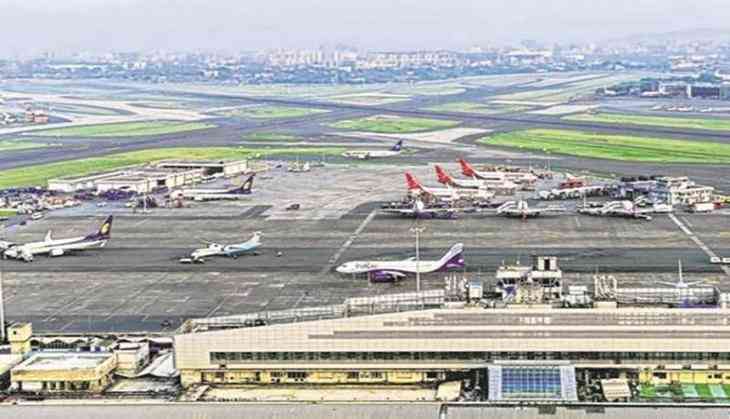
Photo via Google images.
Indian-domiciled airlines operate 562 aircraft of 37 seats or more, with an average age of less than eight years. DGCA rules were recently changed to allow passenger aircraft up to 18 years old to be flown commercially, which points to a relatively low replacement need over the next decade.
Meanwhile, India’s order book comprises 978 aircraft, a 74% increase if no replacements were needed. From a seat capacity perspective, that figure is 73% before replacement demand using assumed operator-specific LOPAs for MAX and neo.
Pontifications: Honoring John McCain
May 28, 2018, © Leeham News: Today is Memorial Day in the USA, the holiday which honors US Armed Forces who died in active military service.
It seems fitting today to think about US Sen. John McCain (R-AZ), who is dying of the same brain cancer that took the life of Sen. Edward Kennedy.


